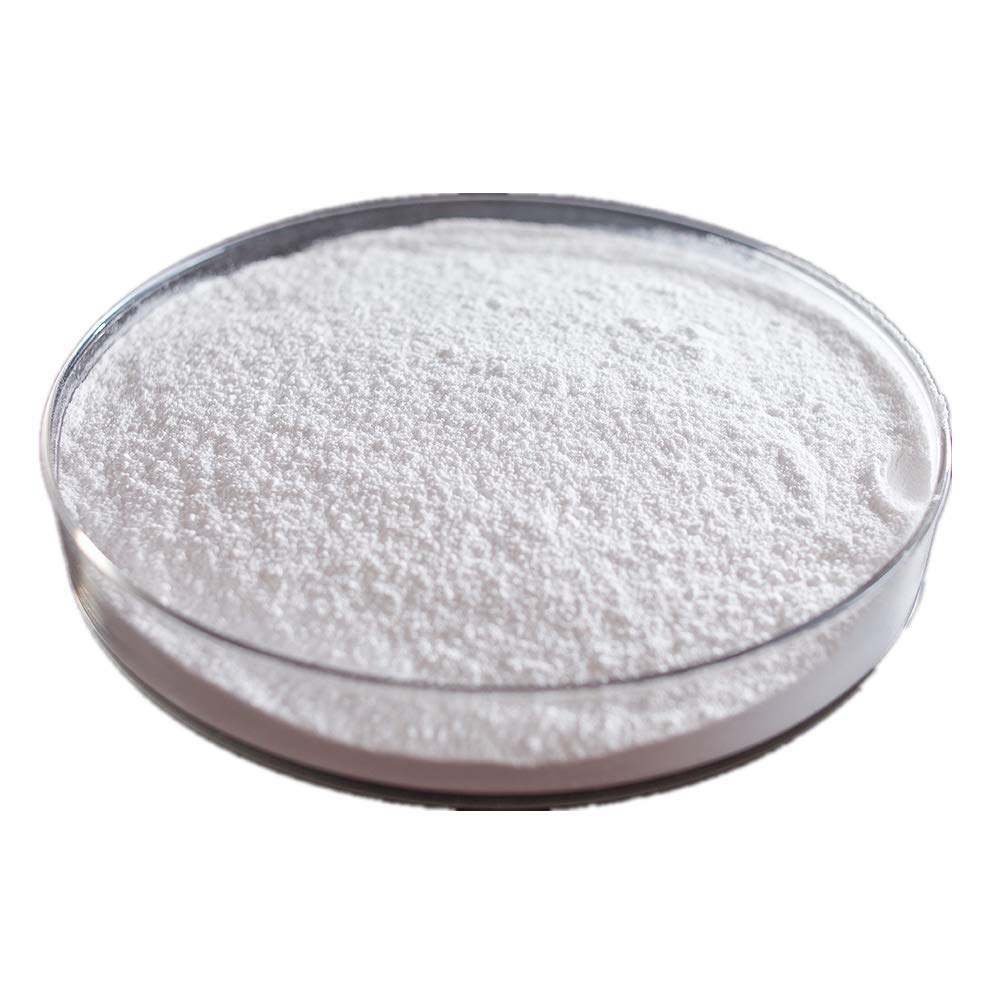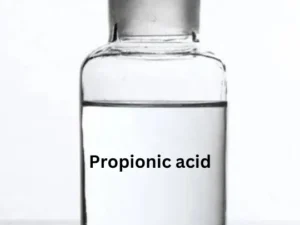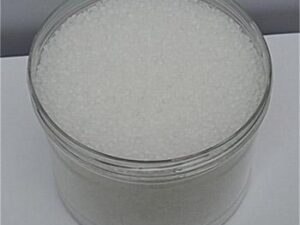Description
Terephthalic Acid: The Unsung Hero of Our Clothes and Bottles
Terephthalic acid (TPA) is a name that might not roll off the tongue, but it’s a chemical compound deeply woven into the fabric of our modern lives. You might not realize it, but it’s a key ingredient in the ubiquitous polyester that makes up our clothes, containers, and countless other everyday items.
What is Terephthalic Acid?
At its core, terephthalic acid is an organic compound with the chemical formula C8H6O4. It’s a white, crystalline solid that’s insoluble in water. While it might not sound exciting on its own, its unique chemical structure allows it to link together in chains to form polymers, giving rise to its remarkable versatility.
The King of Polyester: PET Production
The vast majority of terephthalic acid produced globally is used in the manufacture of polyethylene terephthalate (PET). PET is a thermoplastic polymer renowned for its strength, clarity, and chemical resistance. Think of your plastic water bottles, soft drink containers, food packaging, and even the fibers in your polyester clothing – all are made from PET.
Here’s how TPA plays its vital role:
- Esterification: Terephthalic acid is reacted with ethylene glycol (another common chemical) in a process called esterification. This reaction forms a long chain of repeating units, creating the PET polymer.
- Polymerization: These chains then undergo further processing to increase their molecular weight, resulting in the strong and durable plastic we know as PET.
Beyond Bottles and Clothing: Other Applications
While PET production dominates TPA’s use, it also finds applications in other industries:
- Polyester Fibers: Beyond clothing, polyester fibers are used in seatbelts, tire cords, and industrial fabrics, benefiting from PET’s strength and durability.
- Engineering Plastics: TPA contributes to the production of certain engineering plastics, which are used in demanding applications requiring high performance and resistance to heat and chemicals.
- Coatings and Resins: TPA derivatives can also be found in coatings, resins, and adhesives, adding to its diverse range of applications.
Production Processes: From Xylene to TPA
Industrial-scale production of terephthalic acid primarily relies on the oxidation of paraxylene. Paraxylene, a byproduct of petroleum refining, is oxidized in the presence of a catalyst (typically based on cobalt and manganese) and acetic acid solvent. This process converts the paraxylene into crude terephthalic acid (CTA). CTA then undergoes purification processes to remove impurities, resulting in purified terephthalic acid (PTA), the grade most commonly used for PET production.
The Future of TPA: Sustainability and Innovation
As the demand for PET continues to grow, so too does the focus on sustainable production and management of terephthalic acid and PET. This includes:
- Recycling Technologies: Developing and improving PET recycling technologies is crucial to reducing reliance on virgin TPA production.
- Bio-Based TPA: Research is underway to explore alternative production routes that utilize renewable resources, such as plant-based feedstocks, to produce bio-based terephthalic acid.
- Closed-Loop Systems: Efforts are being made to implement closed-loop systems where PET waste is collected, recycled, and reused to create new TPA and PET products, minimizing environmental impact.
Conclusion
Terephthalic acid may be a complex chemical compound, but its impact on our daily lives is undeniable. From the clothes we wear to the packaging that protects our food, TPA plays a critical role in modern manufacturing. With ongoing advancements in sustainability and innovation, the future of TPA promises to be as vital as its past, ensuring its continued contribution to a more efficient and environmentally conscious world.












Reviews
There are no reviews yet.